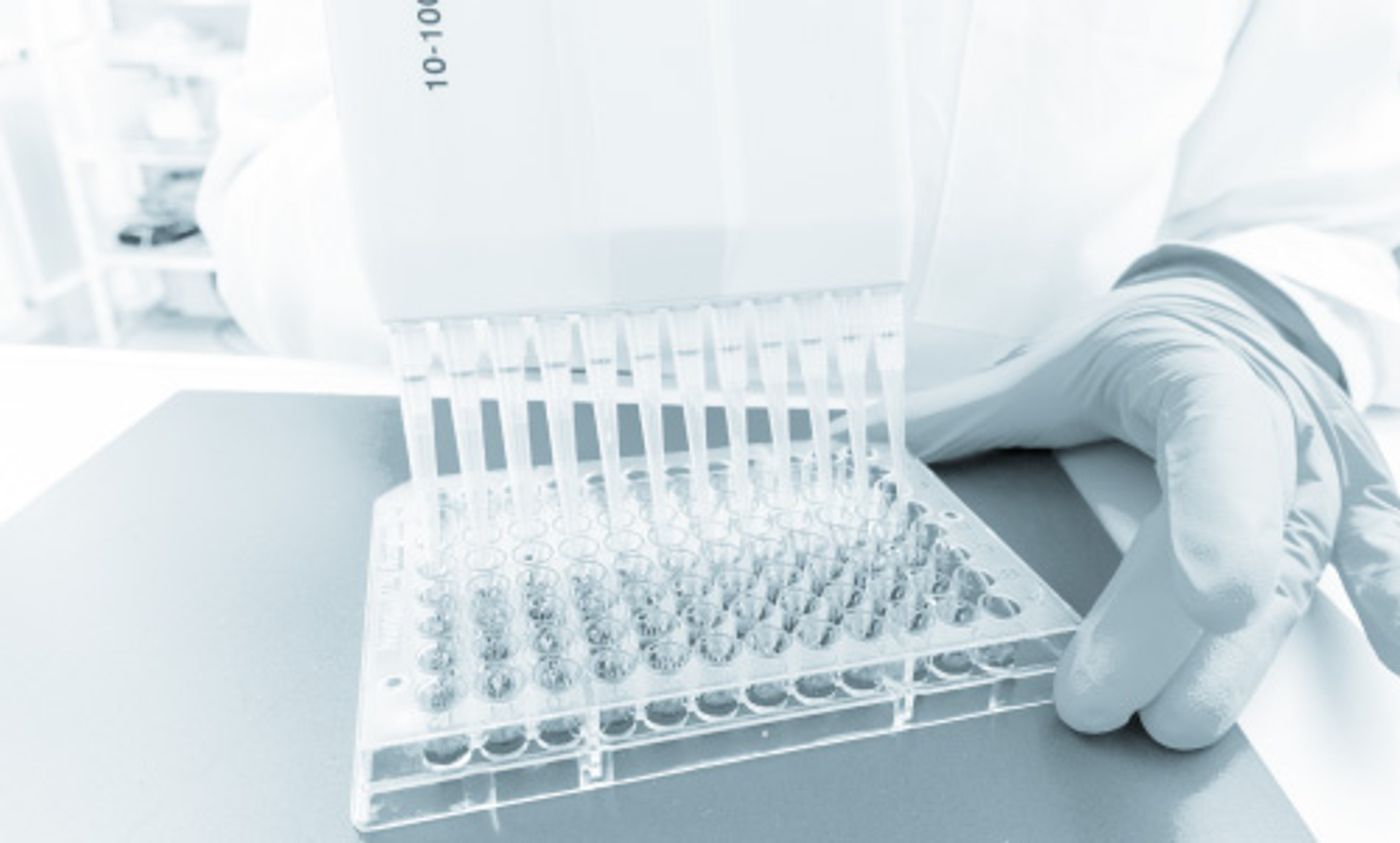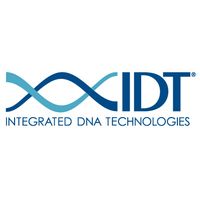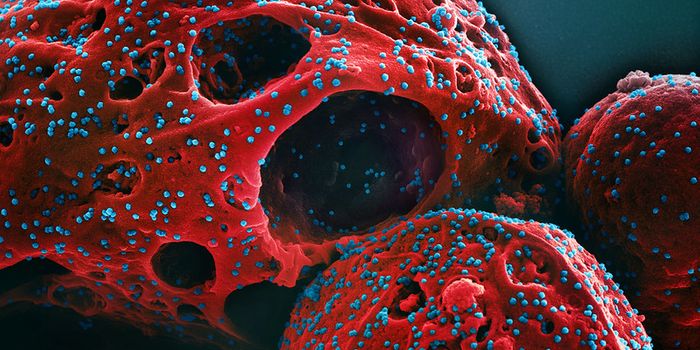Explore Ways to Enhance Biomarker Discovery Research
By: Jessica DeWitt, Scientific Writer II
Tools and techniques for using next-generation sequencing for disease research
Discovering new biomarkers through research is the first step in precision care for cancer and other diseases. But, to find them, you often need to sequence low-input, poor-quality tissue or fluid specimens, which can present a challenge when trying to generate meaningful data.
Integrated DNA Technologies, Inc., a US-based company known for high-quality oligos, has curated a collection of biomarker discovery resources to make the search for new biomarkers with next-generation sequencing (NGS) easier. Our NGS hub contains links to app and tech notes, white papers, interviews with researchers, webinars, articles, and more, all in one conveniently organized location. You’ll learn about innovative combinations of tools and techniques to increase the specificity and analytical sensitivity of NGS so you can characterize your target of interest.
NGS is a sequencing method that can provide valuable insight into cancer treatment and prevention. There are several approaches to using this technology for cancer research. Whole-genome sequencing provides a comprehensive view of the genetic sequence of the sample, whether it is blood, tissue, or tumor. Targeted next-generation sequencing focuses on specific areas of the genome that might be more relevant for cancer. For example, exome sequencing provides insight into protein-coding genes and is especially useful when evaluating mutation load. Hybridization capture panels can be customized to include nonprotein coding genes that might be relevant to a specific cancer like leukemia or breast cancer. NGS can include sequencing DNA or RNA. Because RNA can change the way proteins are expressed, RNA sequencing can also help researchers and clinicians learn more about cancer.
Each of these NGS techniques has a special protocol when faced with low-input or degraded samples. IDT provides tips and tricks for optimization, as well as products specifically geared toward processing low-quality samples into useable data. The ability of these methods to reveal sensitive and specific biomarkers is important since the sensitivity and specificity of biomarkers play a key role in research into targeted therapies. Minimal residual disease (MRD) is one such sensitive biomarker. MRD occurs when a small number of cancer cells remains in a patient’s blood during or after treatment; this can lead to cancer relapse. Liquid biopsy, or blood screening, paired with NGS, can detect minute numbers of cancer cells and determine whether the treatment has completely eradicated the cancer.
Munich Leukemia Laboratory (MLL), located in Munich, Germany, works with hospitals and hematologists, as well as with pharmaceutical companies, from all over the world to research leukemia and lymphoma using cytomorphology, cytogenetics, FISH, and molecular genetics. We spoke with one of the company’s founders, Prof Dr. Torsten Haferlach, an expert in hematology and oncology, about the methods MLL uses to decrease turnaround time, increase efficiency, and provide scalable solutions for research. “I can’t even think about a time where we didn’t use NGS for molecular investigations,” says Dr. Haferlach, “We rely on IDT quality.”
Whether you download a white paper or purchase a targeted NGS panel, we are confident that IDT’s NGS hub will be a helpful addition to your cancer research support.











